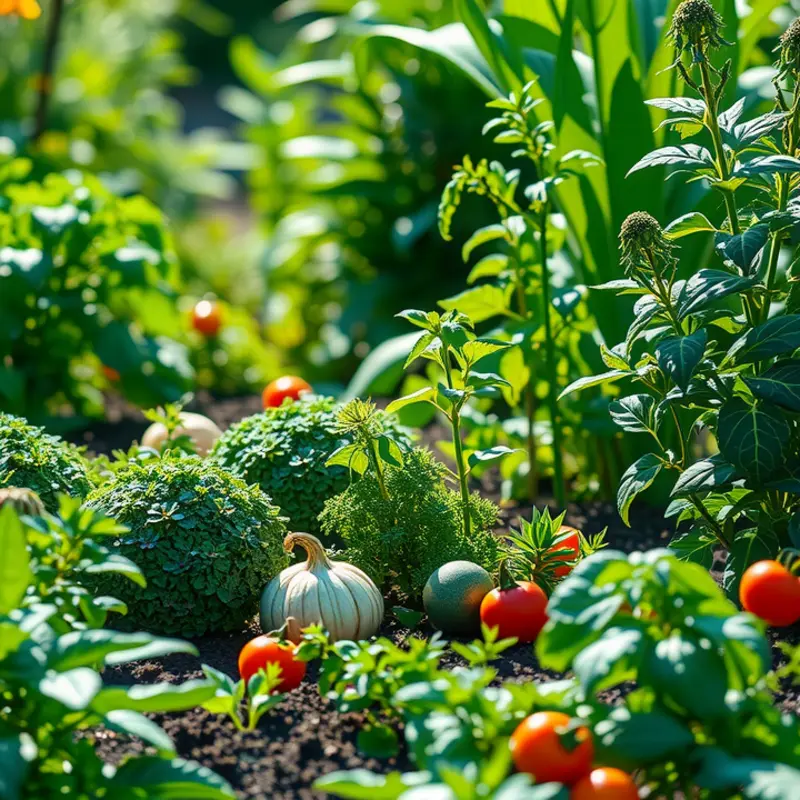Exploring the intersection of gender and food reveals rich narratives informed by history, culture, and tradition. Across globally diverse kitchens, the roles of men and women, passed down through generations, not only shape culinary practices but also reflect broader societal values. From the communal feasts of Africa to the meticulous sushi-making in Japan, understanding these dynamics provides insight into how gender roles manifest in cooking, bridging familial bonds and cultural identities.
Rooted in Tradition: Women’s Culinary Heritage

Across the globe, women have long been the custodians of culinary traditions. Their roles in kitchens extend far beyond feeding families; they preserve cultural identities. In France, the rural kitchens hum with the rhythm of artisanal bread making, an age-old craft passed down through generations. French women engage in careful, methodical kneading, drawing on the expertise of their foremothers to craft loaves that are both sustenance and a symbol of shared heritage. This intricate process resonates within community markets and boulangeries, where their creations are celebrated as much for their taste as their cultural symbolism.
In India, kitchens serve as vibrant hubs of familial and cultural exchange, with women at the forefront. Here, preparing a meal involves more than ingredients; it’s an immersive ritual where stories, values, and traditions are shared. Indian women deftly blend spices that have been honed over centuries, their mastery of these blends creating dishes that convey the intricate tapestry of regional diversity. Techniques such as slow cooking are imbued with cultural significance, linking meals to both religious rituals and daily life.
The consistent thread is the unique knowledge each woman carries. This knowledge extends beyond recipes to encompass techniques and stories that bind communities. In many African societies, for instance, communal meals prepared by groups of women become events in themselves, reinforcing societal bonds. The act of cooking encompasses the preservation of local agriculture, with women cultivating indigenous crops and utilizing them in traditional dishes that narrate the history of their people.
Despite the centrality of women in culinary traditions, their contributions often remain unrecognized in the broader gastronomy narrative. Many techniques and dishes attributed to famous chefs have roots in household innovations developed by women away from the public eye. From the Swedish matriarchs silently shaping the country’s smörgåsbord culture to Latin American women sustaining vibrant street food scenes, these guardians of cuisine profoundly influence how societies understand their heritage.
As culinary practices evolve, women continue to adapt and innovate, reclaiming spaces and redefining roles. The introduction of sustainable and eco-friendly kitchen practices, such as those explored in eco-smart kitchen storage, intersects with traditional techniques to address contemporary sustainability issues.
Women’s culinary heritage is a testament to their resilience and adaptability. It showcases how individual homes can shape regional and national cuisine. These contributions form the backbone of our collective gastronomy, underscoring the need to acknowledge and celebrate women’s roles in preserving and innovating culinary traditions.
Fireside Masculinity: The Role of Men in Culinary Craft

As the aroma of sizzling meat wafts through the Southern American backyard, the chatter of grill masters and the crackle of burning charcoal often accompany the scene. Here, the grill is a symbol of culinary dominance. Men have traditionally been revered as the artisans of the BBQ pit, where the mastery of fire and flavor converge. This cult of personality around grill masters is not merely about cooking; it’s about technique, precision, and often, a rite of passage into manhood.
Culinary roles for men extend beyond the flames of the BBQ. Across different cultures, men’s participation in cooking often leans towards craftsmanship and specialization. In Japan, sushi chefs are predominantly male, a tradition rooted in a complex combination of skill, discipline, and cultural identity. The philosophy of a sushi master, or ‘Itamae’, demands years of apprenticeship, reflecting a meticulous dedication to their craft. This path illustrates how men’s engagement in culinary arts can become an embodiment of tradition, precision, and prestige.
In contrast, the world of Michelin-starred kitchens showcases this notion of masculinity transformed into artistry and leadership. Famous male chefs have revolutionized modern gastronomy, weaving innovation into tradition while challenging gender norms. The kitchen ceases to be a domestic sphere and becomes a stage for mastery where men are lauded for their ability to create haute cuisine. This shift highlights how culinary practices intersect with class, as these figures often hail from diverse socioeconomic backgrounds yet converge in the shared language of culinary excellence.
The dynamics of gender roles in culinary arts are influenced by cultural identity and socioeconomic factors. While historical narratives have associated culinary tasks in the domestic sphere with women, men have increasingly claimed ownership in specialized areas. The rise of celebrity chefs as cultural icons has further cemented this transformation. Figures like Ferran Adrià and René Redzepi have redefined cooking as an avant-garde exploration, where technique is celebrated as much as the culinary experience itself.
Counter to these high-profile environments, community-driven movements also support the evolving presence of men in kitchens. Initiatives aimed at reducing food waste and promoting sustainable cooking practices, such as in low-waste cooking techniques, demonstrate how men are becoming more involved in holistic and eco-conscious culinary roles. This engagement speaks to a broader paradigm shift, where traditional masculine ideals are being reconstructed in light of contemporary values.
Men’s contributions to the culinary world are continually reshaped by cultural dialogues, moving away from strict gender demarcations. Their roles range from guardians of tradition to pioneers of innovation, balancing societal expectations with personal ambition. The emerging picture is one of versatility, where men navigate cooking realms with a blend of heritage, creativity, and an evolving understanding of identity.
Final words
Understanding gender roles in traditional cooking enriches our appreciation for global culinary traditions, revealing the intricate tapestry woven by cultural expectations, skills, and social structures. Every dish tells a story, and every cooking method is steeped in history—ruminating on these roles promotes an awareness of the importance of both women and men in preserving culinary heritage. By acknowledging and celebrating the contributions of all individuals in the culinary arts, we preserve not only recipes but also the cultural identities they represent. Let us continue to explore and embrace diverse cooking traditions, recognizing their stories and the pivotal role of gender.








